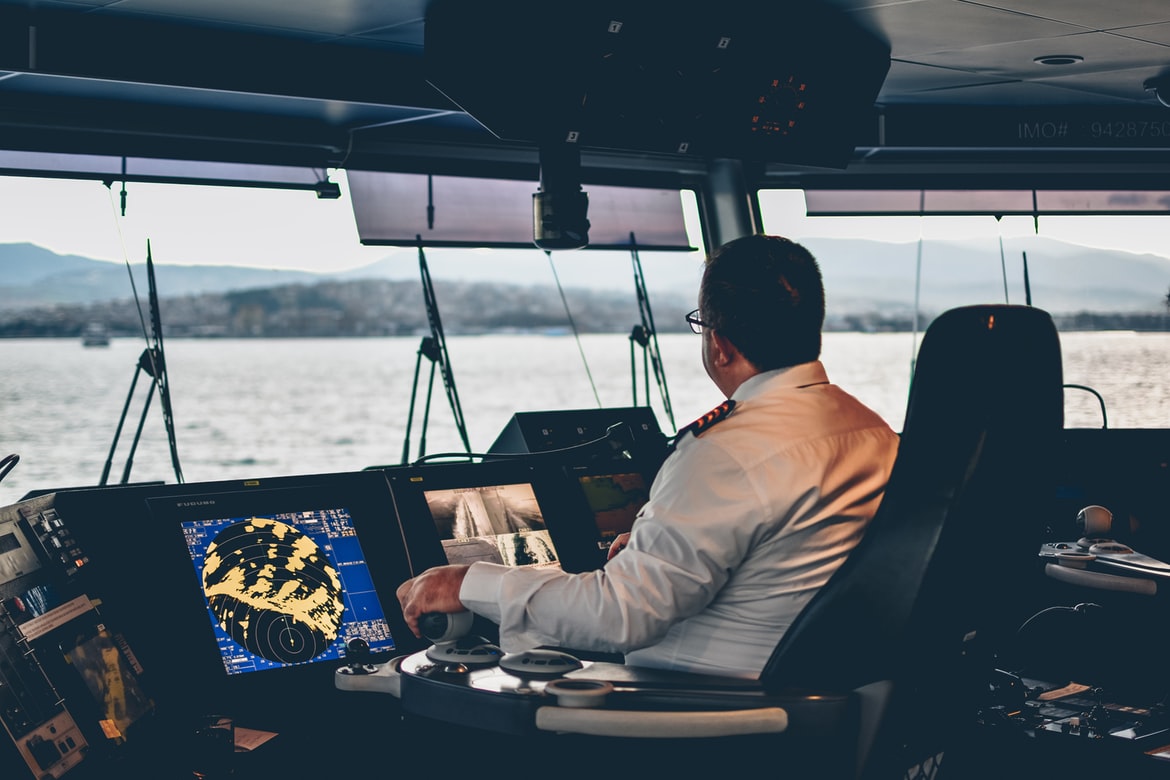Blog Post
Top 5 Navigational Equipment and Their Uses You Should Know
Posted By: Harsh Bamnolia
Posted On : 20-Dec-2024

Meaning of Navigational Equipment and Their Uses
Navigational equipment and their uses are essential components that ensure the safe and efficient operation of vessels at sea.
These devices aid in determining a ship’s position, plotting routes, and detecting potential obstacles.
Marinetech Safety & Shipping Corporation supplies state-of-the-art navigational tools designed for optimal maritime performance.
Explore our range at https://marinetechss.com/supplies/gmdss-equipment.
Top 5 Navigational Equipment and Their Uses
Navigational equipment serves specific purposes that ensure the smooth and safe operation of vessels during long-distance voyages. Here are the top five navigational equipment and their uses:
1. GPS (Global Positioning System)
Use:
The GPS system provides accurate positioning, enabling ships to determine their exact location, track routes, and plan courses. It uses satellite signals to provide real-time location updates.
Why It’s Important:
Essential for long voyages and international shipping routes
Helps avoid dangerous areas and navigate complex waterways
Reduces the risk of human error in manual navigation
2. AIS (Automatic Identification System)
Use:
AIS transmits a ship's location, speed, and direction, enabling real-time tracking by nearby vessels, port authorities, and coast guards.
Why It’s Important:
Prevents collisions by sharing vessel details with nearby ships
Helps maritime authorities track ship movements and maintain port traffic control
Enhances onboard situational awareness
3. RADAR (Radio Detection and Ranging)
Use:
RADAR detects nearby objects such as ships, land masses, and weather formations using radio waves. It provides clear visuals, especially in low-visibility conditions like fog or nighttime.
Why It’s Important:
Detects obstacles, reducing the risk of collisions
Offers precise tracking of nearby vessels and weather patterns
Ensures safe navigation even in extreme weather
4. VDR (Voyage Data Recorder)
Use:
VDR records crucial voyage data such as navigational routes, engine performance, and crew communication. This data is essential for post-accident investigations and improving safety protocols.
Why It’s Important:
Stores essential voyage data for future reference
Helps understand the cause of accidents for better safety measures
Ensures compliance with international maritime safety regulations
5. GMDSS Radio (Global Maritime Distress and Safety System)
Use:
The GMDSS radio supports worldwide communication, enabling vessels to send distress signals in case of emergencies. It ensures ships can communicate with rescue teams regardless of their location.
Why It’s Important:
Provides a reliable communication system during maritime emergencies
Helps coordinate rescue operations quickly and efficiently
Meets international safety standards mandated by the IMO
Essential and Useful Navigational Equipment Supplied by Marinetech
Marinetech Safety & Shipping Corporation offers a comprehensive range of navigational equipment tailored to meet maritime safety standards. Here’s a closer look at some essential products:
1. NAXTEX Receiver
Use:
Receives real-time maritime safety updates, weather forecasts, and navigational alerts.
Why It’s Important:
Keeps the vessel informed of maritime conditions
Reduces navigation risks by ensuring timely safety alerts
2. MF/HF Radio (Medium and High-Frequency Radio)
Use:
Facilitates long-distance communication, enabling vessels to remain in contact with shore stations and other ships even in remote oceanic areas.
Why It’s Important:
Provides consistent and reliable long-range communication
Supports weather updates, distress alerts, and emergency calls
3. VHF/UHF Radio
Use:
Enables real-time short-range communication with nearby vessels, port authorities, and coast guards.
Why It’s Important:
Critical for port docking, ship-to-ship communication, and collision avoidance
Ensures constant communication even in remote maritime zones
4. AIS EPIRB (Emergency Position Indicating Radio Beacon)
Use:
Automatically activates and transmits distress signals when submerged in water, enabling rescue teams to locate the vessel.
Why It’s Important:
Acts as a life-saving device in emergencies
Ensures the quick location of vessels during critical incidents
5. AIS SART (Search and Rescue Transponder)
Use:
Transmits precise location details to rescue teams during search and rescue operations.
Why It’s Important:
Directs rescue efforts to the exact distress location
Reduces search and rescue response time
Best Practices for Navigational Equipment Maintenance
To ensure uninterrupted operation, it’s essential to maintain navigational equipment regularly. Here are some maintenance tips:
Routine Inspection: Conduct routine inspections to detect potential issues early.
Software Updates: Keep equipment software updated for optimal performance.
Crew Training: Train crew members on how to operate the equipment correctly.
Service Logs: Maintain detailed service logs for compliance inspections.
Manufacturer Recommendations: Follow the manufacturer’s maintenance and servicing guidelines.
Why Is Navigational Equipment Crucial for Maritime Operations?
Navigational equipment ensures the safe passage of ships by providing accurate location tracking, route planning, and emergency communication.
These tools minimize maritime accidents, streamline shipping operations, and reduce operational costs through optimized fuel consumption.
Conclusion
Equipping vessels with reliable navigational equipment is essential for safe and efficient maritime operations.
From GPS and RADAR to GMDSS radios and AIS systems, each tool plays a vital role in ensuring safe voyages across global waterways.
Marinetech Safety & Shipping Corporation provides certified, high-performance navigational equipment designed to meet international maritime standards.
Explore our extensive range at https://marinetechss.com/supplies/gmdss-equipment and equip your vessel with the best maritime tools for safe and efficient voyages.